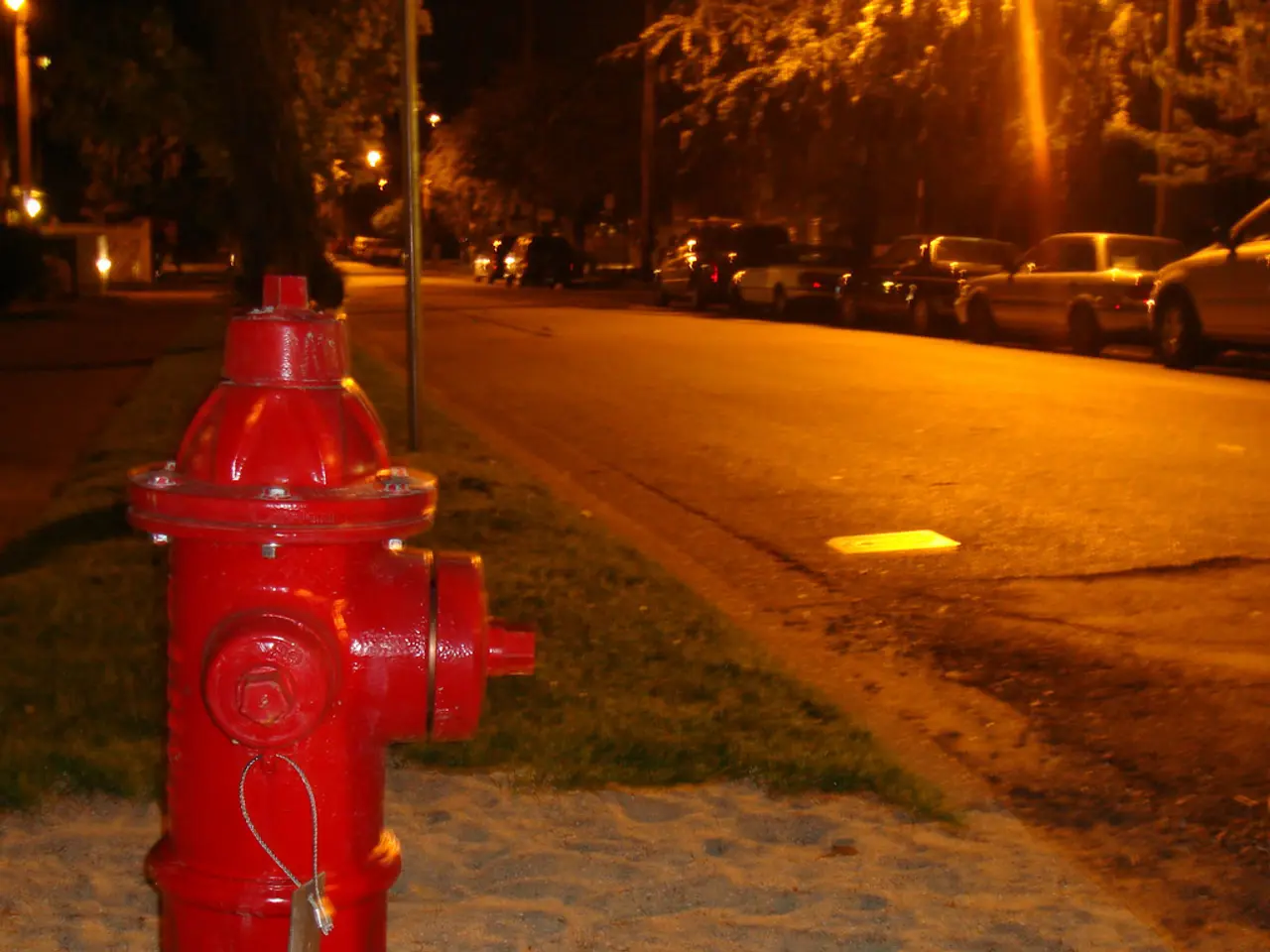Roads Contribute to Wildfire Spread: A More Intricate Perspective Reveals
The US Department of Agriculture (USDA) has announced plans to rescind the 2001 Roadless Area Conservation Policy, a decision that could significantly impact forest fire risk management and land use on approximately 59 million acres of national forest land.
The Roadless Rule, also known as the "Roadless Rule," has been in place for over two decades, restricting road-building, logging, and mining across the country's national forests. Its removal is intended to provide local forest managers with greater flexibility to reduce wildfire risk through fuel treatments like thinning and controlled logging, which are often limited under the Roadless Rule due to restrictions on road building and timber harvest.
The administration's rationale for rescinding the Roadless Rule is that it has exacerbated wildfire risks. However, some fire ecologists argue that more roads and logging do not automatically translate into reduced fire risk, pointing to the need for nuanced, site-specific management rather than blanket policy rollbacks.
Supporters of the change, including USDA Secretary Brooke Rollins and some forestry advocates, claim that the rule was overly restrictive and hindered responsible forest management, particularly wildfire mitigation efforts. They believe the change will foster a "new era of consistency and sustainability" in managing forests to protect against catastrophic fires.
On the other hand, critics, including many conservation groups, ecologists, and public advocates, caution that removing the Roadless Rule protections will lead to habitat destruction, increased ecological damage, and loss of conservation gains achieved over the past two decades. These experts argue that the policy is important for preserving intact forest landscapes that provide critical ecosystem services such as carbon storage, clean air, and water. They emphasize that forest policy should be science-based and collaborative, warning that rescinding the rule is a retreat from ecological limits and may not improve wildfire resilience as intended.
The policy affects about 30% of National Forest System lands, with states like Utah (60%), Montana (58%), and Alaska’s Tongass National Forest (92%) having large portions impacted.
The debate reflects a fundamental tension between active forest management for fire prevention and preserving intact natural landscapes for ecological integrity. Some ecosystems depend on occasional burning, and research suggests that the greater size of fires in roadless areas can make landscapes more resilient to climate change.
Chris Dunn, an assistant professor of forest engineering, resources, and management at Oregon State University, stated that it's unclear if roads or no roads pose a greater wildfire risk, as these two components might counteract each other.
The Roadless Rule has been controversial, facing challenges from states, private companies, and GOP lawmakers who saw it as an impediment to commercial logging. Before the Roadless Rule was finalized in 2001, the Forest Service struggled to pay for the maintenance of existing roads in national forests.
It will take time for the USDA to legally rescind the Roadless Rule, and the long-term effects on forest health, wildfire risk, and ecosystems remain to be seen.
- The USDA's decision to rescind the 2001 Roadless Area Conservation Policy could potentially alter the management of forest fire risk and land use on about 59 million acres of national forest land.
- The Roadless Rule, in place for over two decades, has restricted road-building, logging, and mining across the country's national forests, but its removal is meant to offer local forest managers more flexibility for wildfire risk reduction through fuel treatments like thinning and controlled logging.
- Critics of the policy change, including conservation groups, ecologists, and public advocates, warn that the removal of Roadless Rule protections could lead to habitat destruction, increased ecological damage, and a loss of conservation gains achieved over the past two decades.
- The debate surrounding the Roadless Rule reflects a fundamental tension between active forest management for fire prevention and preserving intact natural landscapes for ecological integrity, with some ecosystems depending on occasional burning for resilience to climate change.
- The effects of rescinding the Roadless Rule on forest health, wildfire risk, and ecosystems remain uncertain, and it will take time for the USDA to legally overturn the rule, with experts continuing to debate if roads or no roads pose a greater wildfire risk.






